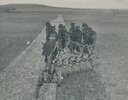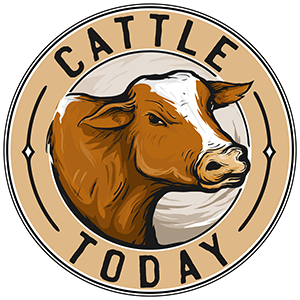benkostka
Jedi Council Member
Well the C’s mentioned in the December session that the way to survive in the future will be to go back to the land. One the the best ways to grow food is regenerative grazing or holistic grazing, it’s a very simple method that improves literally everything in the environment. If done properly you get more water retention in soils, more water infiltration in soil to refill aquifers, the removal and recycling of dead organic matter to prevent fires. Additionally all the wild species of animals are benefitted as well, deer, turkey, raptors and many more species will return because of the positive changes to the environment from grazing. Cattle can also provide things like leather, which if made through vegetable tanning will last decades.
So here’s a video about doing this in Southern California. It’s simple stuff and probably worth knowing, as knowledge and skills like these certainly will help survive when food is scarce.
So here’s a video about doing this in Southern California. It’s simple stuff and probably worth knowing, as knowledge and skills like these certainly will help survive when food is scarce.

 , but he brings up some challenging views on the natural processes really hapening in our 3D world.
, but he brings up some challenging views on the natural processes really hapening in our 3D world.
